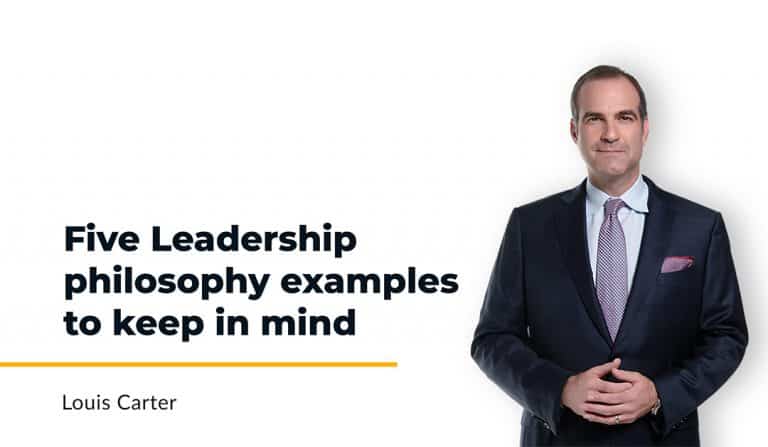When it comes to involving others to co-creating, get in the mindset of putting others first. Focus on the design of the communication to get your best innovations. To get there, consider the following questions.
1. Who is involved?
It is important to correctly identify who should be included in the idea generating and decision making process. You are seeking the right balance between including a variety of opinions and bogging the process down with too many people. Knowing the number of people to include will help with the implementation of the design team.
2. What kind of communication is needed?
Based on the number of people identified in the step above, consider what kind of communication is needed and what is most appropriate for the situation. Your strategy will likely differ if you have 8 people versus 100 people involved. If you are aiming for more personal communication, use dyads or communication in groups of two. If the topic needs to be workshopped, opt to use triads and quads, groups of 3 or 4 people. This provides opportunities for people to share ideas, brainstorm together, and strategize, without one person dominating the room.
3. How should the design team be created?
Remember one of your goals is to co-create solutions. Create a design team to get people involved in the process. Consider the information determined in the previous steps as you form the optimal design team.
4. What follow-ups need to be done?
Clearly articulate what follow-up actions need to be taken. People should understand their role in the process and what follow-ups they are responsible for completing before the next session. At the next session, individuals should be prepared to discuss the actions they have taken since the last meeting and show what they have produced.
5. How can I make the co-creation process fun?
If you want people to continue to share ideas and be involved in the decision-making process, make it fun. Show people that their opinions and ideas are valuable. Create buy-in for the decision by involving people and making the process an enjoyable one.
You may have great solutions, but if you cannot get buy-in from others in the organization, it will be challenging to see real progress. Instead of feeling like you have to be the one to offer solutions to every problem, involve others. By including both internal and external members, you can guide the decision-making process without declaring, “This is what we should do.” Overall, this will help with implementing the solution too.






